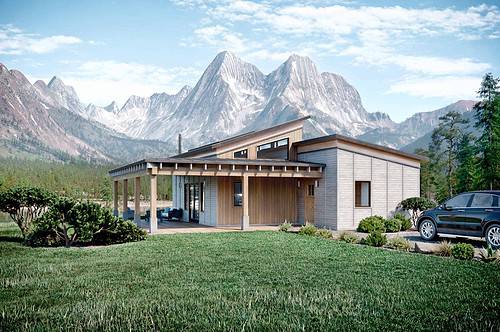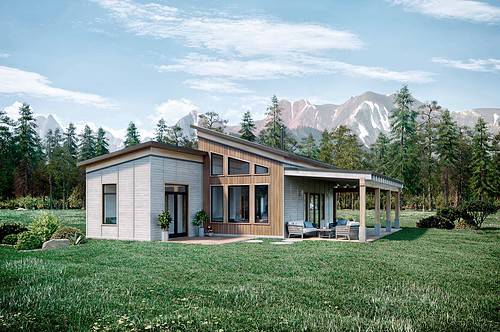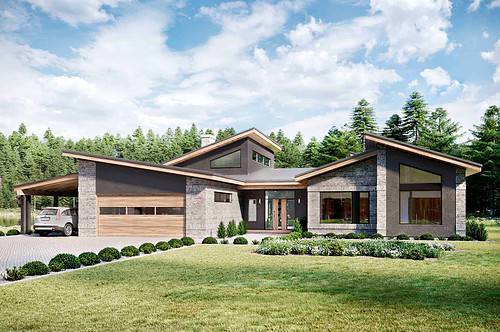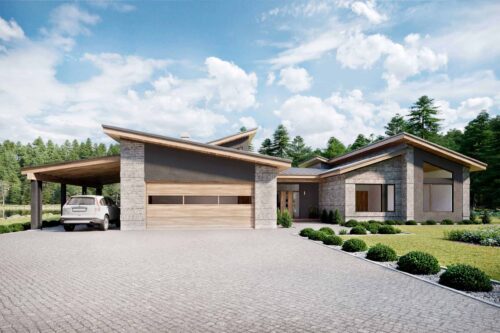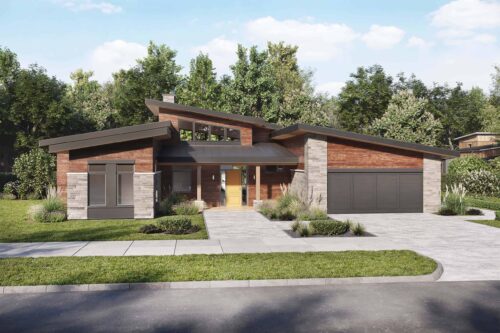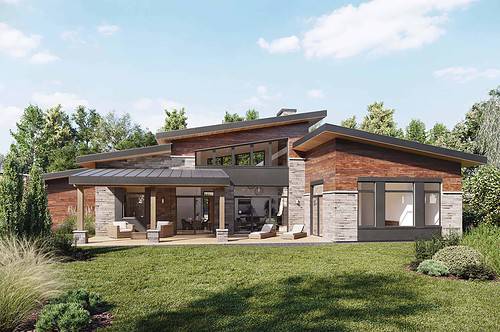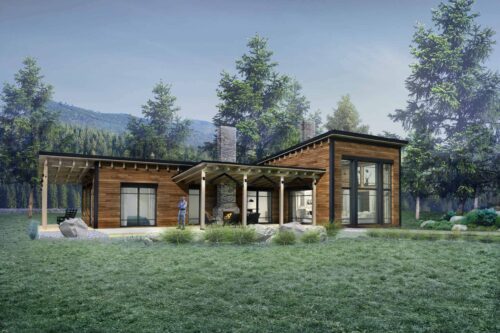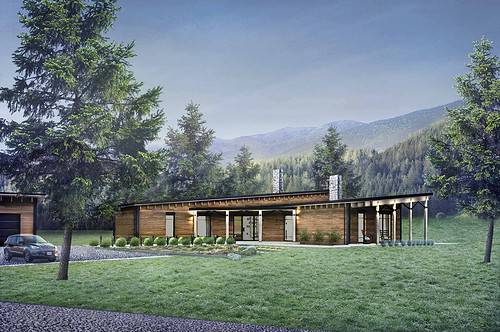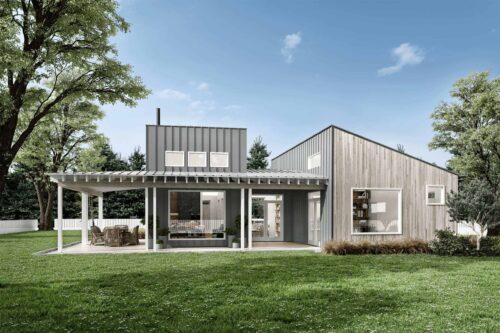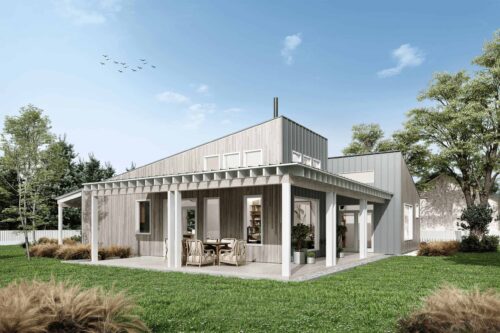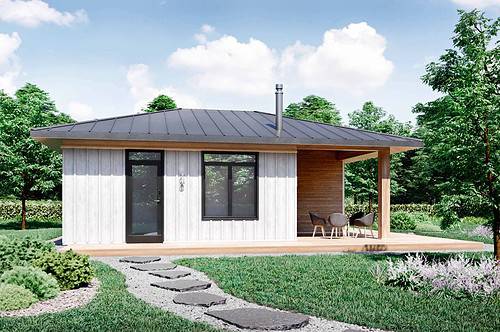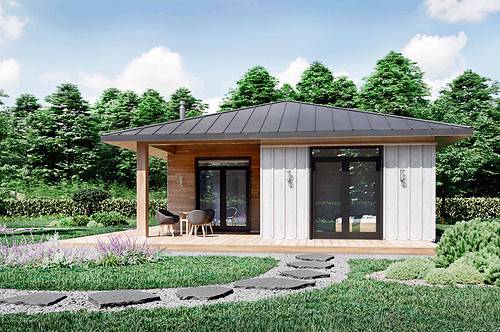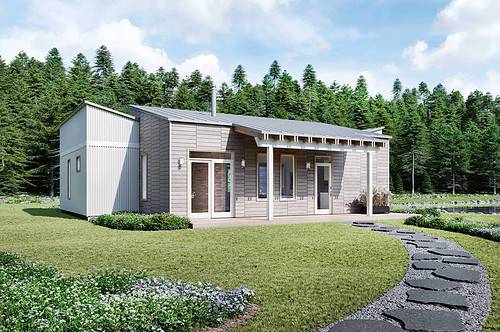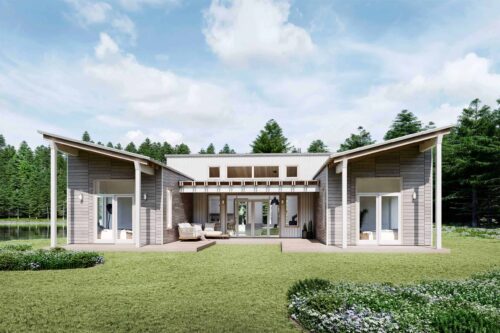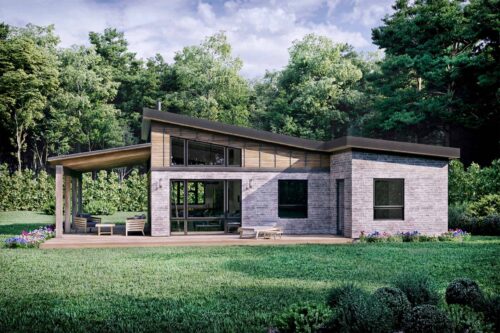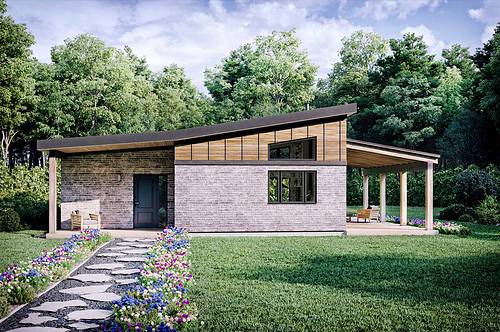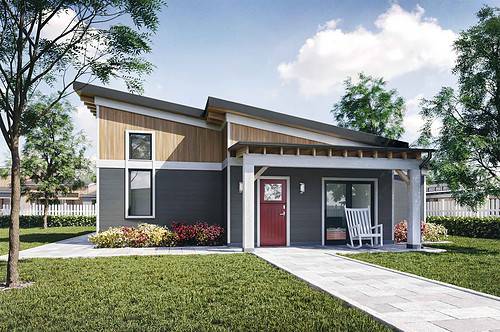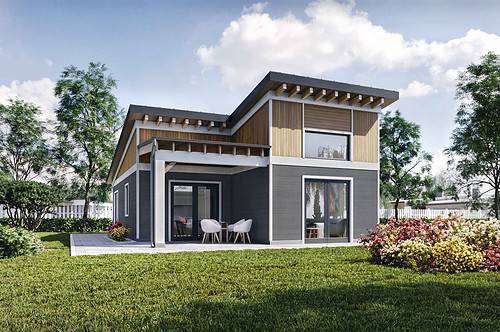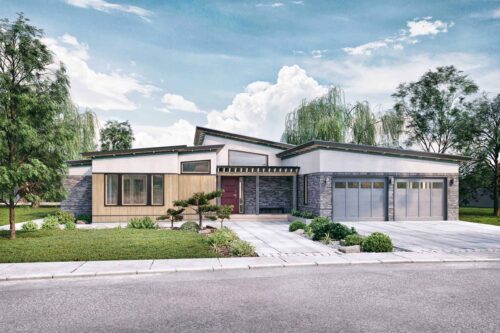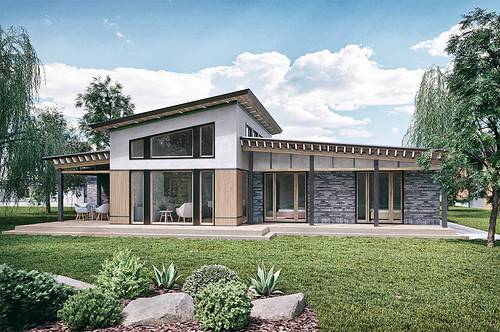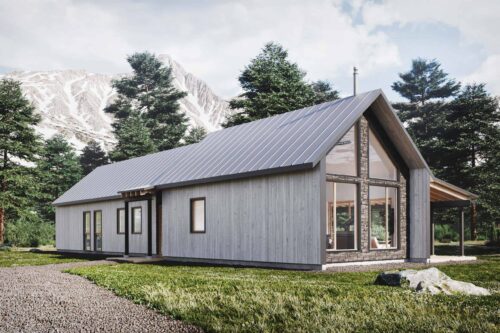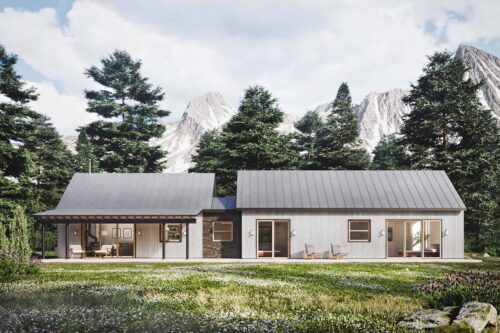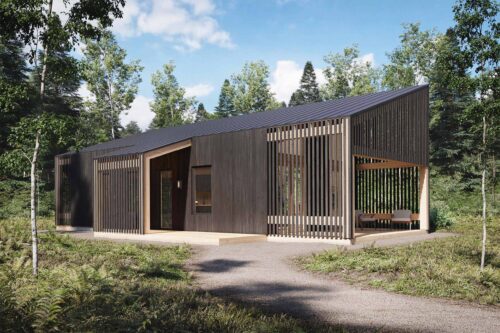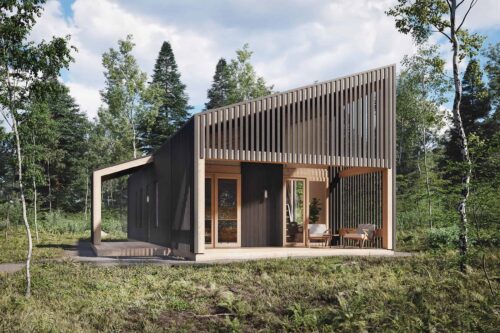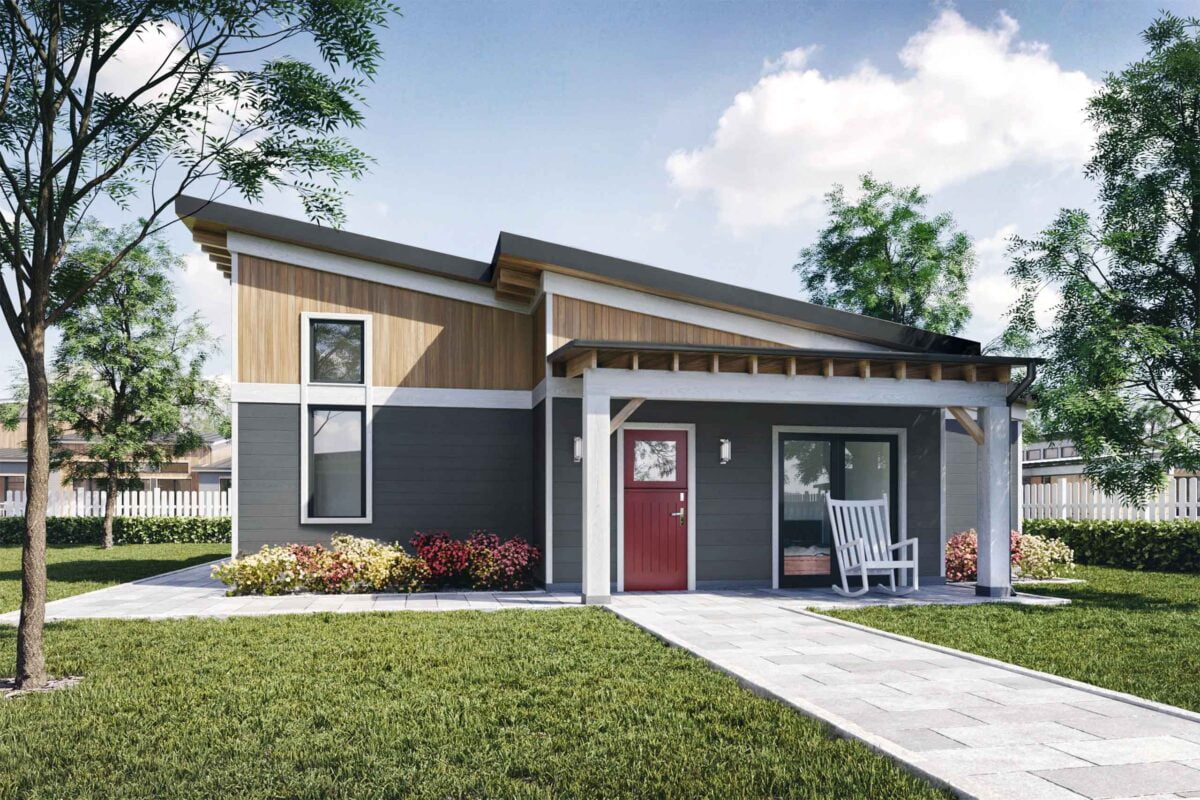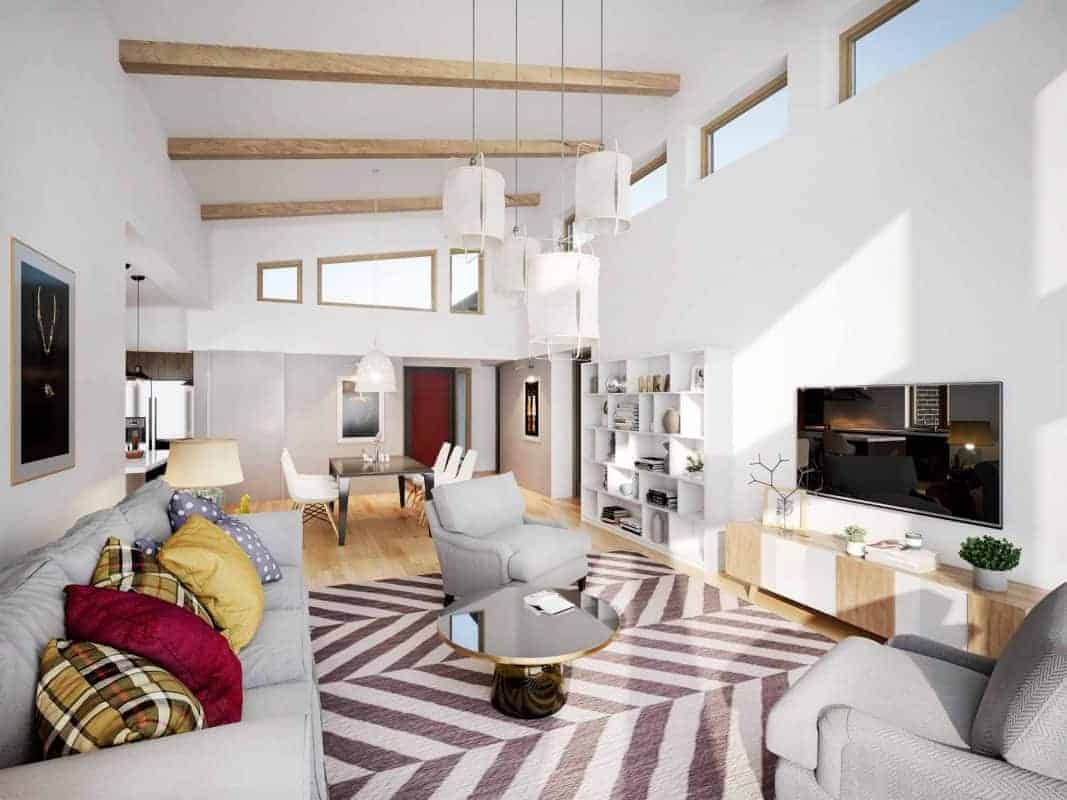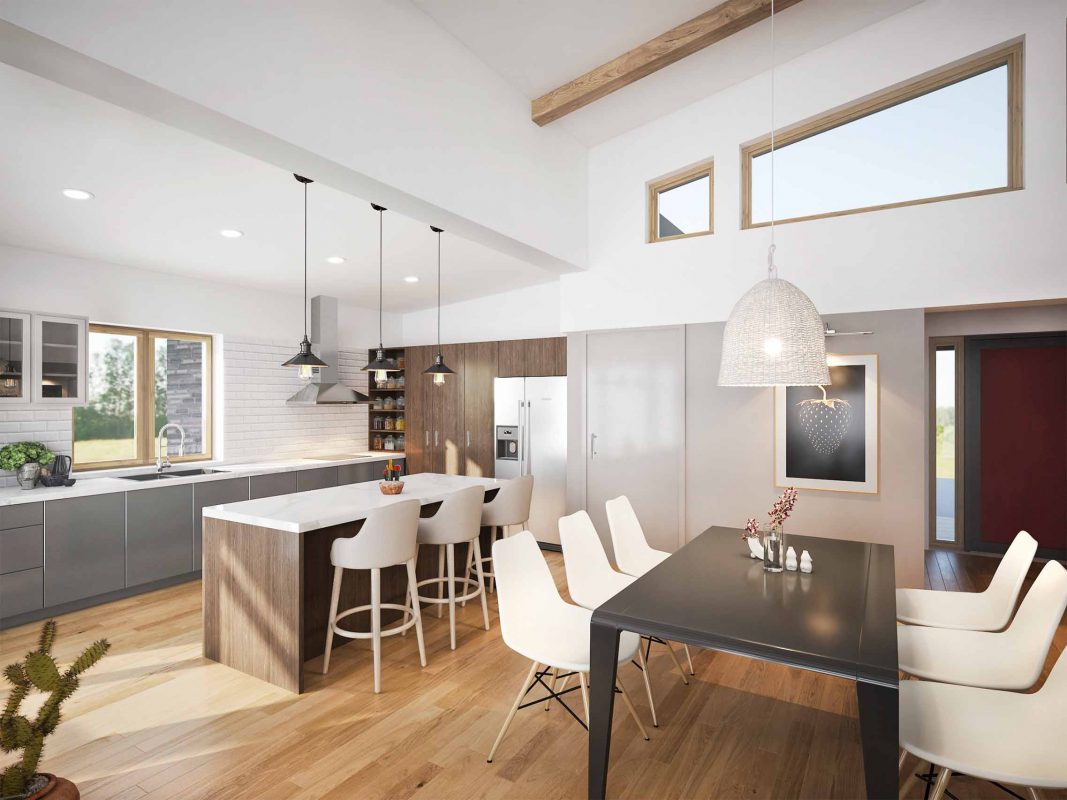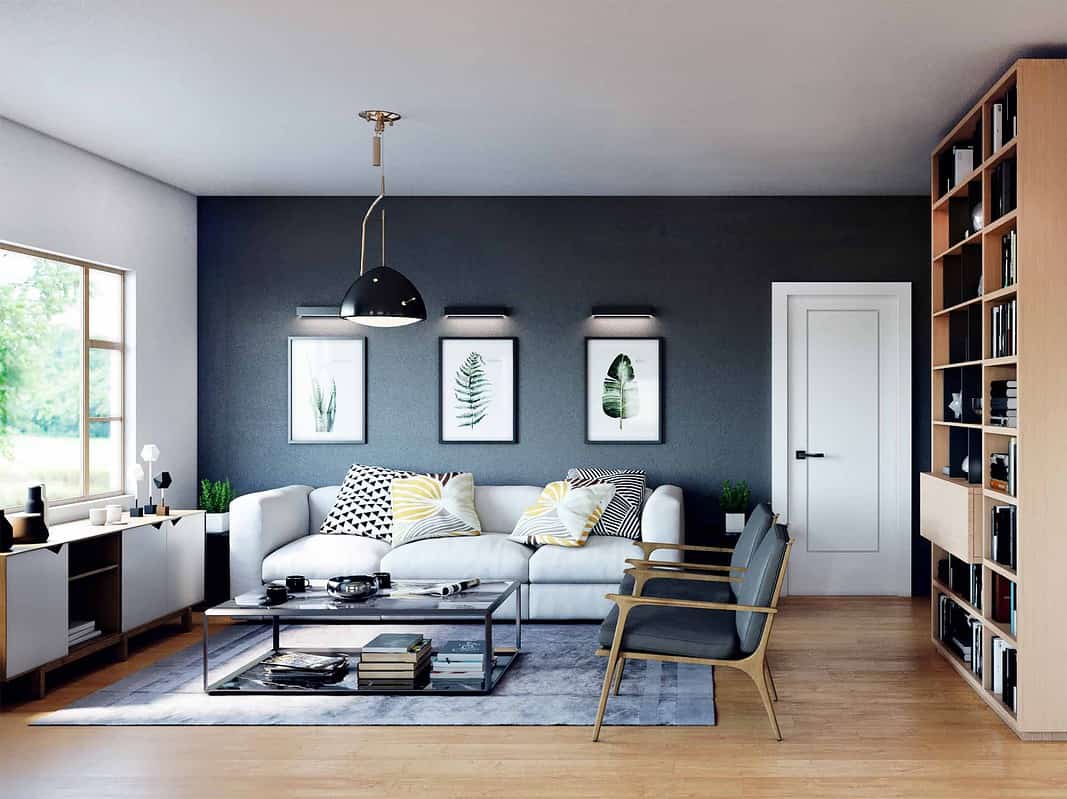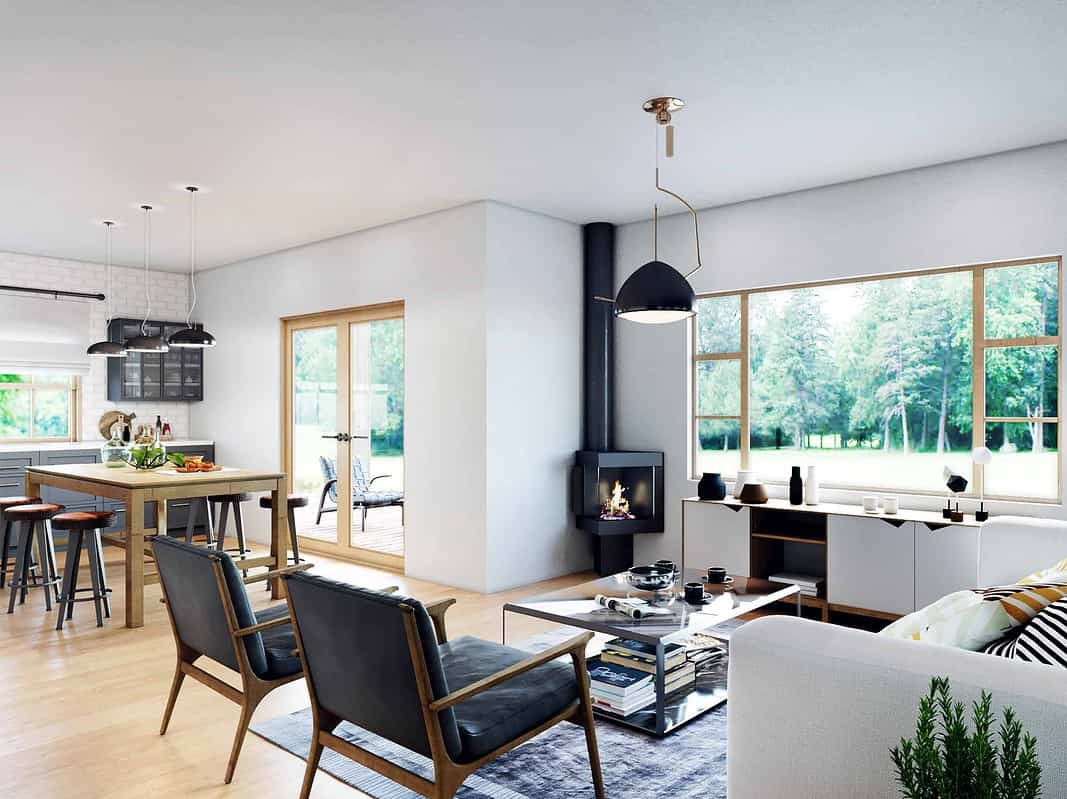No products in the cart.
Popular Hawaii House Plans and Designs
When it comes to Hawaii house plans, there are a variety of styles to choose from, each with its own unique characteristics that reflect the culture and history of the islands. Some of the most popular styles include:
- Plantation Style – This style is inspired by the large sugar and pineapple plantations that were once prevalent in Hawaii. Plantation-style homes are typically large, with a symmetrical facade and a central hallway. They often feature wide eaves, large lanais, and shutters on the windows. The interior of a plantation-style home is typically simple, with high ceilings and large rooms.
- Beach House Style – As the name suggests, beach house-style homes are designed to take full advantage of Hawaii’s beautiful beaches. These homes are typically small and simple, with an open floor plan and plenty of windows to let in natural light and views. Beach house-style homes are often designed to be low-maintenance, with durable materials that can withstand the salt air and sand.
- Hawaiian Modern Style – This style combines traditional Hawaiian elements with modern design. Hawaiian modern homes often feature natural materials, such as wood and stone, and are designed to blend seamlessly with the surrounding landscape. They typically have large windows and sliding doors to take advantage of natural light and views, and often feature outdoor living spaces, such as lanais and courtyards.
It’s important to note that these styles are not mutually exclusive, and many Hawaii homes incorporate elements from multiple styles. It’s also worth to consult with a professional architect to design a custom home that fits your needs and budget.
Indoor-Outdoor Living
One of the most distinctive features of Hawaii house plans is the emphasis on indoor-outdoor living. With its beautiful weather and natural surroundings, Hawaii is the perfect place to design a home that seamlessly integrates indoor and outdoor spaces. A popular feature in Hawaii homes is the lanai, a covered outdoor living area that can be used for dining, entertaining, or simply relaxing. Lanais can be designed in a variety of ways, from a simple open-air space to a fully enclosed room with windows and sliding doors. They can also be connected to the main living area of the home, creating a seamless transition between indoor and outdoor spaces.
Another way to incorporate indoor-outdoor living into a Hawaii house plan is through the use of sliding doors and large windows. These features allow for plenty of natural light and views, as well as the ability to open up the home to the surrounding environment. This can create a sense of spaciousness and connection to nature that is unique to Hawaii living. Courtyards and outdoor living spaces are also a popular feature in Hawaii house plans. These spaces can be designed in a variety of ways, from a simple open patio to a more elaborate outdoor living area complete with a pool, fireplace, and outdoor kitchen. These spaces can be used for entertaining, relaxing, or simply enjoying the natural beauty of Hawaii.
Sustainability and Energy Efficiency
Designing a sustainable and energy-efficient home is becoming increasingly important in Hawaii, as the state is susceptible to natural disasters and climate change. Incorporating sustainable and energy-efficient features into a Hawaii house plan can help to reduce the home’s environmental impact, lower energy costs, and create a more comfortable living space. One of the most effective ways to make a home more sustainable and energy-efficient is through the use of solar power. Hawaii has an abundance of sunshine, making it an ideal location for solar energy. Solar panels can be used to generate electricity for the home, reducing the need for grid-supplied power and lowering energy costs.
Rainwater harvesting is another sustainable feature that can be incorporated into a Hawaii house plan. This technique involves collecting and storing rainwater for later use, reducing the need for potable water and helping to conserve resources. This can be achieved through the use of rain barrels, cisterns, or underground water storage systems. Insulation is another important aspect of energy efficiency. Hawaii’s tropical climate can make it difficult to keep a home cool, so it’s essential to use appropriate insulation materials to keep the home cool and reduce energy consumption.
Finally, it’s important to use sustainable building materials when designing a home in Hawaii. This can include using locally sourced materials, such as bamboo or coconut wood, or materials that are low in VOCs (volatile organic compounds) to improve indoor air quality.



